Did you know about first-party data collection techniques? Find out the value of the first-party data, techniques to collect data, and how it offers valuable insights into real-time user interaction and preferences.
The age of digital personalization is here, and every brand out there is trying to create the best and most unique tailored personal journeys for their clientele.
The recent marketing reports suggest how over 80% of marketers believe that first-party data collection is inessential to their success, with more than 52% of the marketers already adapting to the necessary measures to aid the process.
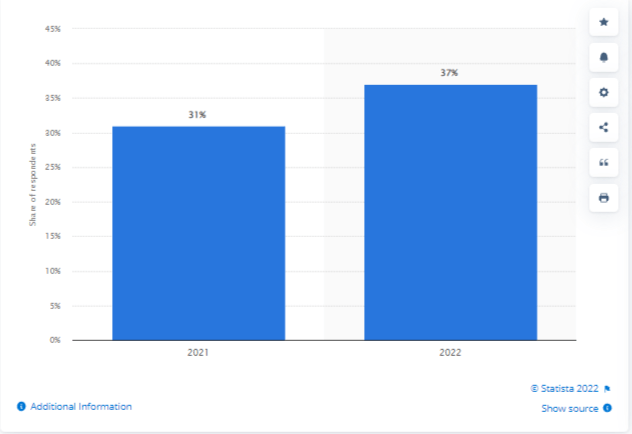
Moreover, with global brands putting more emphasis on ethical data collection and cyber security, third-party cookies are forced a decline. While multiple search engines like Firefox had already started phasing out third-party cookies as early as 2013, Google too is on the same path.
This has instilled fear in the 80% of marketers who still find themselves relying on third-party data. However, this is the ideal age for publishers who can greatly benefit from applying smart first-party data collection strategies.
Also Read: What are the Types of Cookieless Data for Publishers
Topics Covered in the Article
- The Different Types of Data Collection
- Platforms and Tools Available for Data Collection
- Top Publisher Strategies to First Party Data Collection
The Different Types of Data Collection – Publishers Should Know
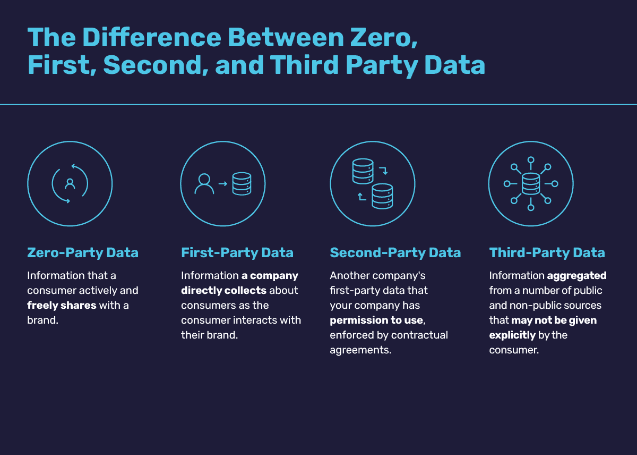
There has been a growing focus on first-party and zero-party cookies as second and third-party cookies are seeing a gradual decline. But what do these particularly entail?
Zero-Party Data Collection
This is information that marketers and publishers collect firsthand from users themselves without implementing any tools. It is strictly only the limited information that the user is willing to share with a business.
First-Party Data Collection
First Party Data is the information that businesses can access with the user’s consent but not from direct interaction with the user. This can involve storing user purchase history, shopping behaviour, and other algorithms to make the experience more relevant.
Second-Party Data Collection
Second-party data is similar to first-party data; however, the user of the data is a different secondary business that collects it in an exchange between the collector and the receptor.
Third-Party Data Collection
This is the information that is gathered with deception and without the user’s knowledge. Businesses collect user information by applying deceptive measures and then sell it to individuals and brands without the user’s knowledge.
Zero-Party and First-Party data collection being the most ethical measures, honouring the user’s cyber security are the safest and most suitable options for brands, especially in a market that’s being so heavily scrutinized.
While first-party data collection for publishers is a free and transparent process, third-party data collection requires money.
Top Publisher Strategies to First Party Data Collection
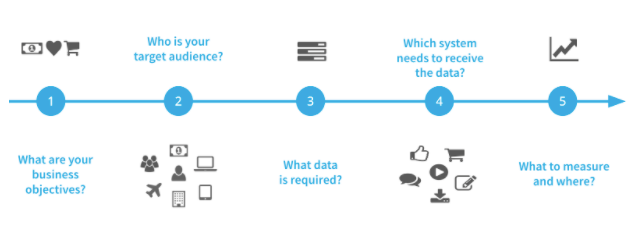
First Party data collection techniques can greatly aid publishers in elevating the user experience, in turn increasing their revenue generation. Here are some top ways and techniques to implement into your very own strategy.
Also Read: How to Activate First-Party Data: A Guide for Publishers
Creating User Profiles
When a user opens your application or website, make sure you have a place for registration. You can also attract users by offering free or discount coupons for their registration process. Get creative and make the user registration pages creative to get a clear idea of your audience personas, thus filtering your advertisement strategy accordingly.
Incentivizing user information can work even further down the lane by creating trustworthy value exchanges. Say you offer access to limited premium content, and offer them other relevant, exciting deals in exchange for their data, thus setting up a fair exchange.
Development of the Profiles
Once the user profiles have been created, you can keep developing the user information and update it accordingly. Don’t be overly imposing and ask too many questions at once, as it may worry them about their security.
Make it friendly and interactive, say sending newsletters, follow-up emails, and further logins, and enquiring about friendly information like when their birthday and so on. Keep on your progressive profiling, build stronger user profiles, refining your inventory.
Facebook and Google Logins
Single sign-on processes are beneficial for both the user and the publisher. Users prefer it for the quick convenience of it. And publishers, with the help of the SSO, can get access to essential information such as location, ID, interests, profile URL, and so on.
Newsletter Subscriptions to Assess User Interest
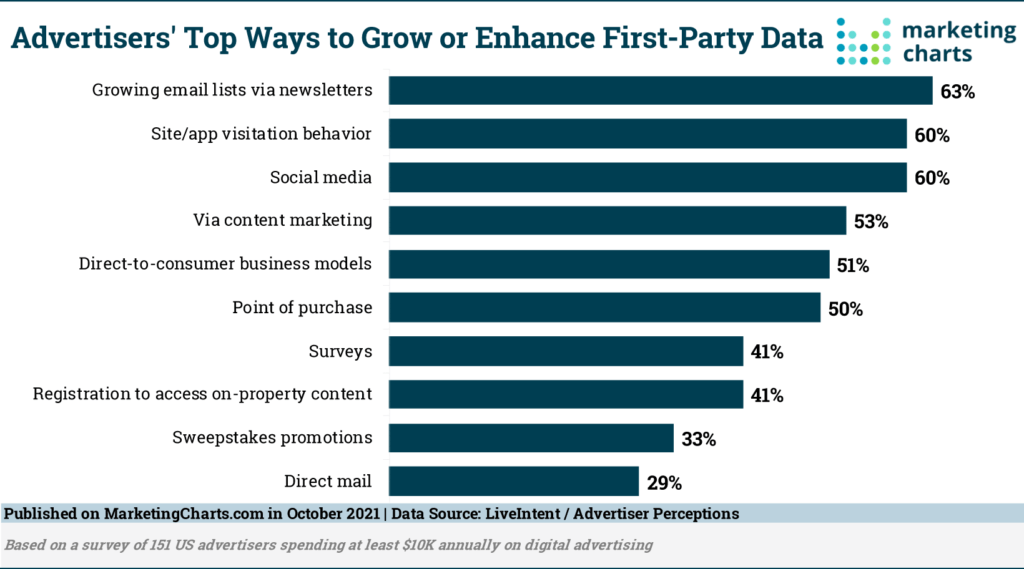
Newsletters are an effective way to generate revenue and learn more about user interests. Publishers can offer an assortment of newsletters to which users can take their pick accordingly, giving the publisher more insight into their interests.
The newsletters are completely consent-based, thus being a great source of first-party data collection. Moreover, they also become an added source for advertisers to post their sponsored content and ads, thus attracting more advertisers and generating more revenue.
Collecting User Feedback and Reviews
Collecting feedback and reviews from users about their experience can be valuable in many ways. You can collect the necessary feedback through customer feedback tools, email and other social media platforms and go on to develop the user profiles further.
This is also helpful in developing the user experience and improving the software, products, and features accordingly to attract more audiences.
Gathering Information with Interactive Content
Before you opt for data collection through interactive content, first settle on what you need to know about the user to work on developing the user experience. Say you need to know about the location, user behaviour, age, product preferences, and other demographic information.
You can’t opt for holding surveys and quizzes on your website itself or through social media. Interactive data collection is also done through multi-step forms on websites, for which, again, the publisher can incentivize the user.
Utilizing Technology for Data Collection
There are plenty of data tracking tools and platforms available online to provide publishers with the necessary first-party data on their users. For instance, Google Analytics can offer essential client information on their purchase behaviour, how users interact with certain content, understand what product or webpage is performing better, attain essential demographic information, and so on.
Limiting Specific Content
Selectively limiting access to content may be another option if you’re not quite ready to set up a user registration system to begin gathering emails and related user data. You could review the existing analytics data to determine which material should be locked.
You may keep track of top-performing webpages by learning which of your site’s pages receive the most pageviews and have the highest average time on the page using simply Google Analytics.
Partnering With Experts
Often small-scale niche publishers find it difficult to adapt first-party data collection strategies and seek the help of third-party platforms. Ad management platforms like Freestar or Cafemedia are extremely helpful in managing the inventory for publishers who are unsure about strategic cookie collection.
There are also small-scale publishers who partner up with larger-scale publishers to take the aid of their expertise and resources, providing them, in turn, local resources and insight.
Data Tracking Based on Events
With event-based tracking, you can get comprehensive behavioural information about your users. Numerous analytics solutions exist that enable event-based tracking, making it easy and convenient for the regular publisher.
You, too, can use these clever technologies to set up event tracking and supply first-party data to other systems.
In Conclusion
While third-party cookies may seem convenient and quick, this is an age where it’s more than crucial to shift our focus to first-party and zero-party data collection. The digital climate is rapidly changing, and users are getting more cautious about their data security.
Thus, implementing first-party data collection is essential to today’s publishers rather than relying on deceptive measures. Moreover, this also builds up the client’s trust and loyalty to the services, when they can enjoy the tailored experiences and products without being insecure about their data being stolen.
Yet, despite the urgency, plenty of brands still rely on third-party cookies without addressing the user’s concerns.
You can take advantage of the same and stand out from your competitors, providing your clientele with a friendly and secure journey. Thus, welcoming only the premium sponsors and inventory to your brand.
FAQ Related to First-Party Data Collection
First Party Data is the data that is collected directly or through analytics, tools, and techniques but only with the user’s consent.
First-party data can be collected from several sources, such as social media surveys, interviews, reviews, Google Analytics, CRM, and so on.
The collected first-party data can be used by publishers to attract premium advertisers who can use the intricate information to construct ads that are going to be engaging and relevant to particular users. This adds to the cycle of revenue increment by driving more CPMs, and again attracting more and more advertisers to your brand.

Shubham is a digital marketer with rich experience working in the advertisement technology industry. He has vast experience in the programmatic industry, driving business strategy and scaling functions including but not limited to growth and marketing, Operations, process optimization, and Sales.
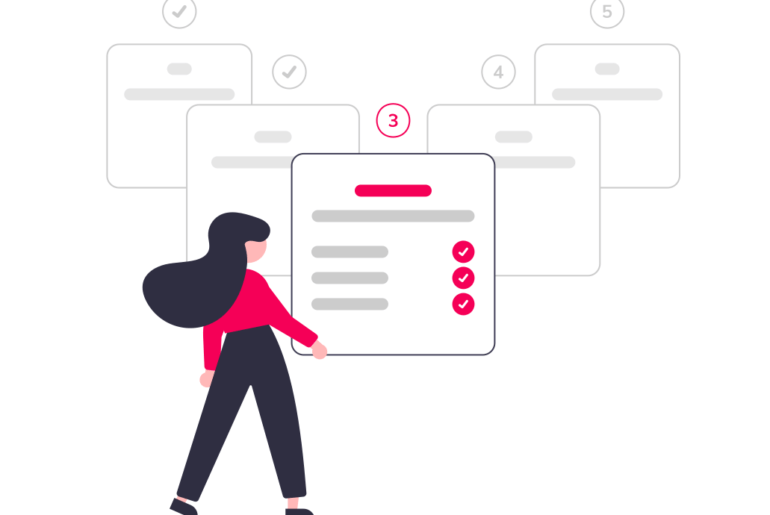


![Top 12 Ad Networks in India Every Publisher Should Know [2024 Edition] Indian Ad Networks](https://www.adpushup.com/blog/wp-content/uploads/2019/09/undraw_Note_list_re_r4u9-270x180.png)



